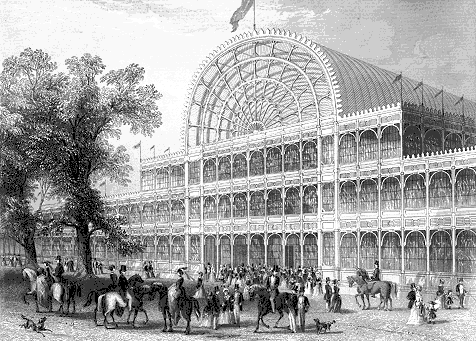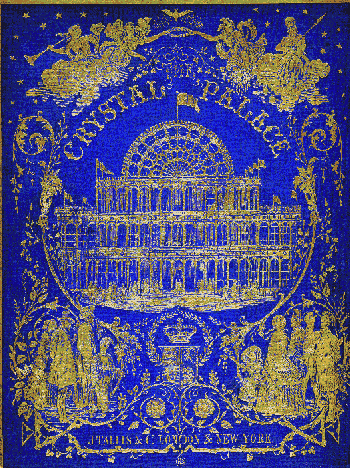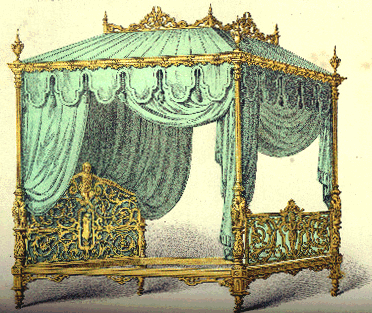The Crystal Palace
Today, we look for art to equal the building that holds it. The University of Houston's College of Engineering presents this series about the machines that make our civilization run, and the people whose ingenuity created them.
Early in her reign, Queen Victoria and her consort, Albert, hit on the idea of staging a great world-wide exhibition of modern art and design. Sir Joseph Paxton's design finally won the competition for the central exhibition hall. Paxton was a botanist and landscape designer and his building was only a temporary structure. Yet it became one of the architectural monuments of all time.
In 1851, Paxton erected his Crystal Palace. It was an amazing glass and iron pavilion, over a third of mile long, with 800,000 square feet of floor space. The construction had an avant-garde cantilevered iron frame. He made it from interchangeable prefabricated parts and acres of glass panels. It was certainly influenced by the greenhouses he'd designed earlier. But he diplomatically claimed that it imitated the organic design of the Amazon lily, Victoria Regia -- which suggests Queen Victoria.
The engineer, Isambard Kingdom Brunel, himself a worker of wonders in iron, had high praise for the Crystal Palace. It was, after all, clearly based on solid engineering principles he'd helped to establish. Never mind Amazon lilies.
The exhibition drew over six million visitors and was a huge success until it came down in 1854. But it represented a crazy confusion of design styles. Inside Paxton's array of straight lines were stuffed the busy rounded art works of earlier eras -- 18th-century rococo, turn of the century nature worship, a little bit of this and a little bit of that.
The power of the exhibition lay in the engineering of the building. Victorian art and design lumbered on, ponderous, off-the-wall, and slightly claustrophobic. It was Victorian engineering that lay its hold on our imaginations. The simple truth was that engineering was the major art of the middle 19th century. The Crystal Palace itself, not its contents, was the art here.
For a generation before the Crystal Palace, the gossamer design of iron bridges had pointed the way to this great iron building. Now Paxton had given all that iron an artistic focus. Conventional art -- painting and sculpture -- had foundered. For the moment art was iron. A generation later, as the iron Eiffel Tower rose over Paris, people like van Gogh and Rodin would give art a new voice.
It took the impressionists to create art worthy of those iron buildings. And it's fitting that the finest collection of impressionist art has come to rest in Paris's Musée d'Orsay, a vast 19th-century railway station -- made of buoyant light and iron.
I'm John Lienhard, at the University of Houston, where we're interested in the way inventive minds work.
(Theme music)
Clark, K., Heroic Materialism. Civilisation. New York: Harper & Row, 1969, Chapter 13.
See also encyclopedia articles on the Crystal Palace and Paxton.
This episode is a reworked version of Episode 19.
See the Wikipedia article about the Crystal Palace for more pictures of the Crystal Palace and additional historical background.

For a nineteenth century engraving of the Crystal Palace click the thumbnail above
(From Tallis' History and Criticism of the Crystal Palace, 1852)

Tallis' History and Criticism of the Crystal Palace, 1852 displayed the exterior of the building.

Meanwhile, this is typical of the material displayed inside the hall. (From the Official Descriptive and Illustrated Catalogue of the Great Exhibition, 1851.)
(All images courtesy of Special Collections, UH Library)